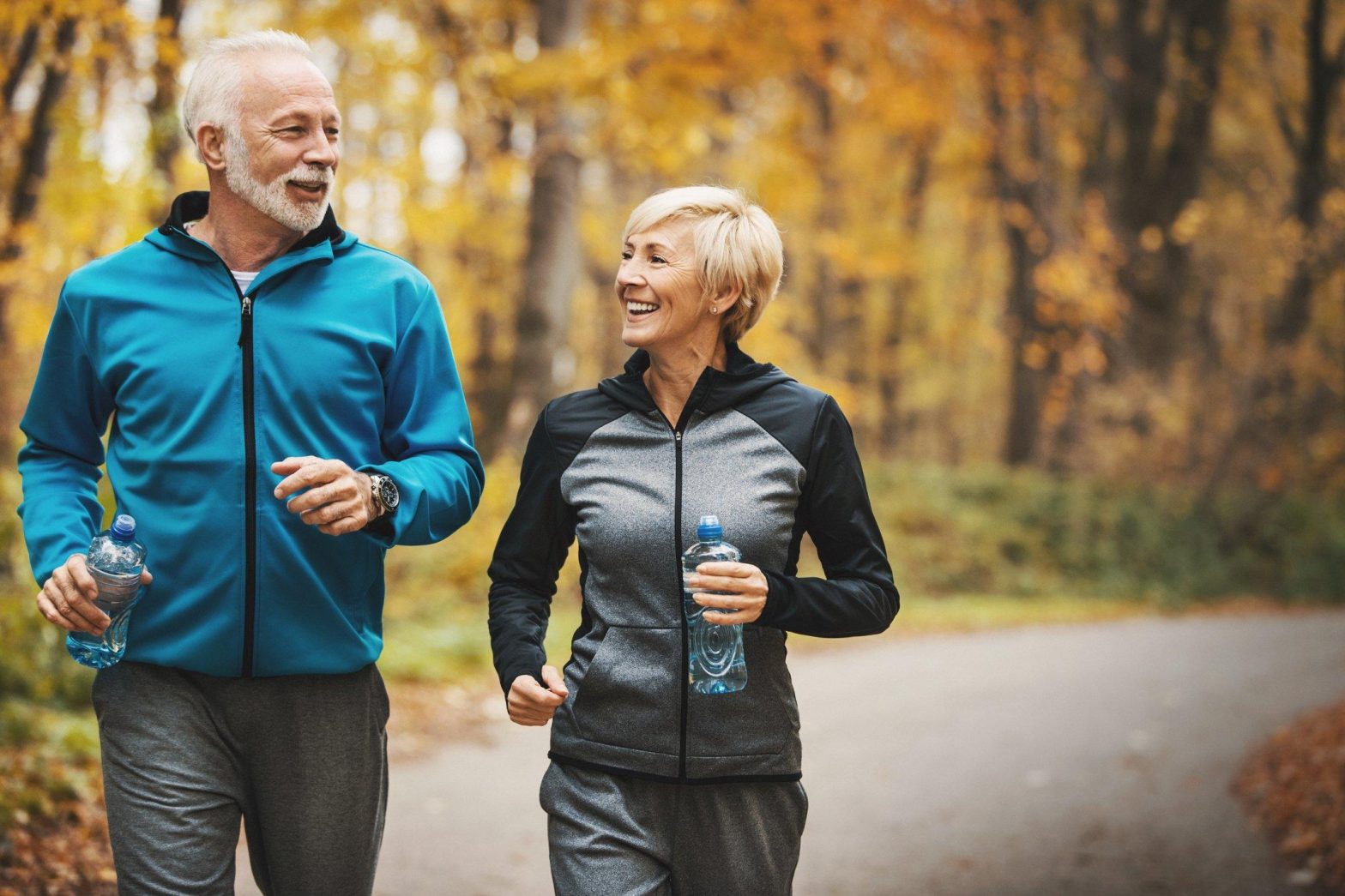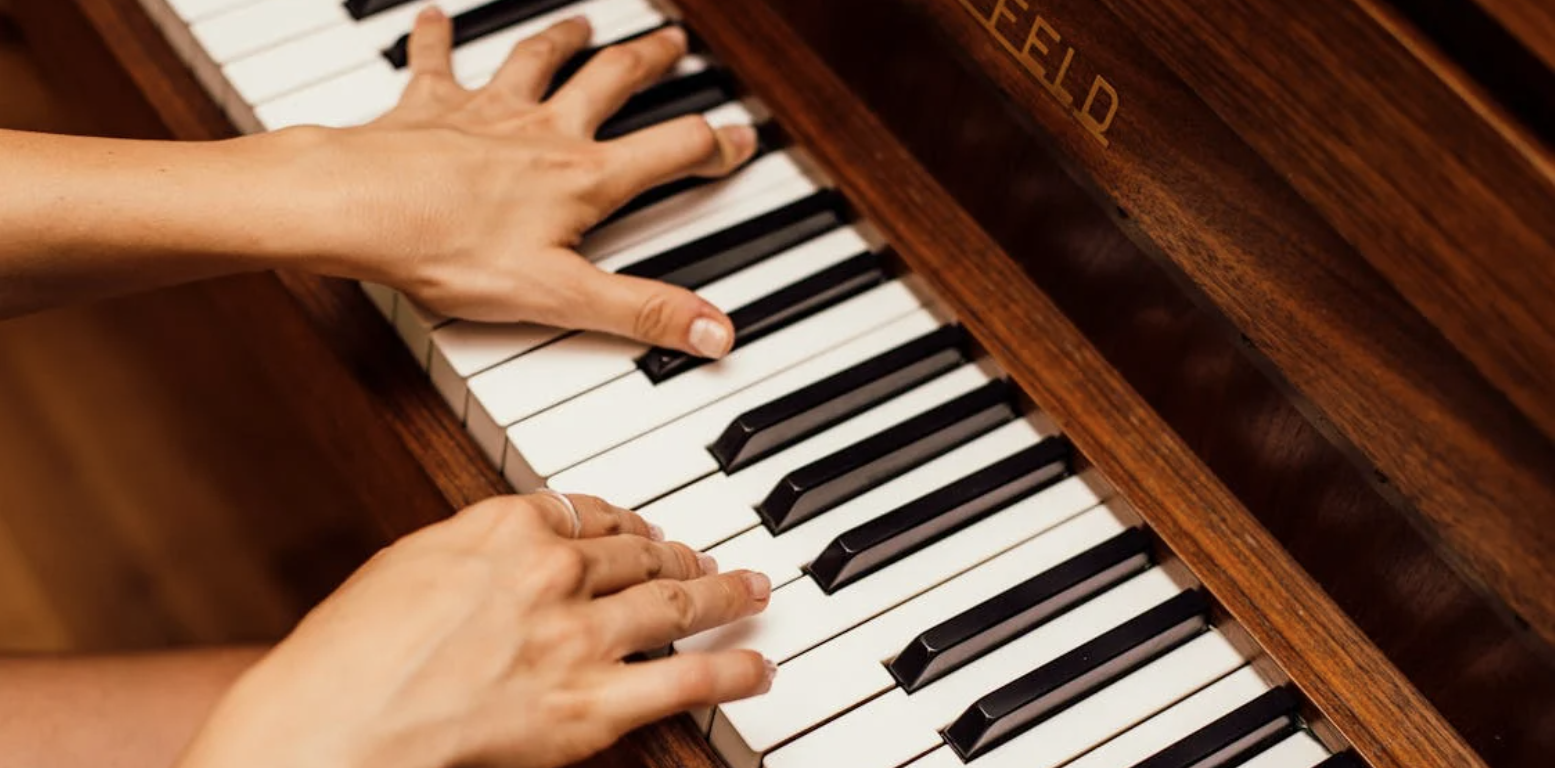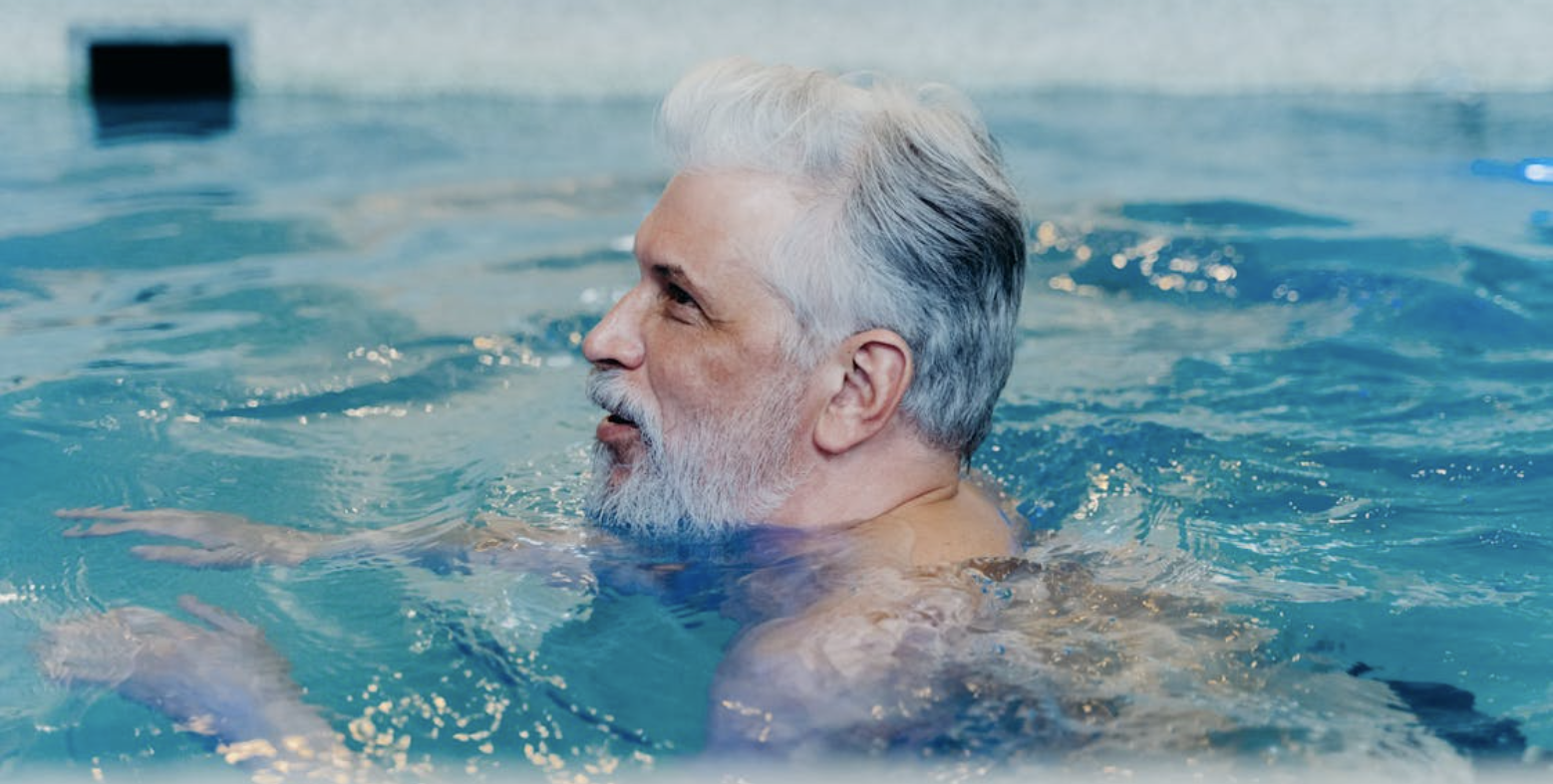Speak to a local care advisor at Assisted Living Locators by calling (888)-267-4741.
Learn about Assisted Living, Senior Living, Memory Care, and In-home care options.
Aging is a natural process that brings about physical changes and challenges. As we age, we must adapt our lifestyle and physical activities to preserve our health, mobility, and overall well-being. One of the most effective ways to achieve this is through regular aerobic exercise. In this comprehensive guide, we will delve into the topic of aerobics for seniors, exploring its various benefits, types, and how to incorporate it into your daily routine.
Introduction
Physical activity is essential at all stages of life, and it becomes even more crucial as we age. Regular exercise can help seniors maintain their health, independence, and quality of life. Not just that, it can also mitigate various health risks and improve the overall well-being of seniors. One of the most recommended forms of exercise for seniors is aerobic exercise. Let’s understand what aerobics is and why it is so beneficial for seniors.
Understanding Aerobic Exercise
Aerobic exercise, also known as cardio, involves any activity that uses large muscles in a rhythmic manner for an extended period. It is characterized by an increase in heart rate and breathing, as it aims to improve the body’s oxygen consumption. It includes activities such as walking, cycling, swimming, and dancing, among others.
The Importance of Aerobic Exercise for Seniors
Aerobic exercise is particularly beneficial for seniors due to its numerous health benefits. These include:
- Cardiovascular Health: Regular aerobic activity strengthens the heart, improves lung capacity, and reduces the risk of heart disease and high blood pressure.
- Bone Health: Weight-bearing exercises like walking can help maintain bone density, reducing the risk of osteoporosis and fractures.
- Weight Management: Combined with a healthy diet, aerobic exercise can help in weight management, preventing obesity and associated health risks.
- Mental Health: Regular physical activity can help with mental health problems like depression and anxiety, improve sleep, and boost overall mood and well-being. It also enhances cognitive functioning, reducing the risk of dementia and cognitive decline.
- Improved Mobility: Aerobic exercises improve balance, coordination, and flexibility, which are essential for maintaining mobility and independence in daily activities.
Types of Aerobic Exercises for Seniors
There are several types of aerobic exercises that are safe and beneficial for seniors. These include:
- Walking: Walking is a low-impact exercise that is gentle on the joints and can be easily incorporated into the daily routine. It is a great starting point for seniors who are new to exercise.
- Swimming and Water Aerobics: Being in water reduces the impact on joints, making it an excellent choice for seniors with arthritis or other joint problems. It also helps in muscle conditioning.
- Cycling: Cycling, either on a stationary bike or outdoors, is a low-impact activity that improves heart health and leg strength.
- Dancing: Dancing not only raises the heart rate but also improves balance and coordination. It is also a fun activity that provides a social outlet.
- Yoga: While not typically considered an aerobic exercise, certain styles of yoga can raise the heart rate and provide cardiovascular benefits. It also improves flexibility and balance.
How to Begin an Aerobic Exercise Routine
Starting an aerobic exercise routine can be daunting, especially for seniors who haven’t been physically active. Here are some steps to ease into a routine:
- Medical Consultation: Before starting any exercise program, consult with a healthcare provider, especially if there is a history of heart disease, high blood pressure, or other chronic conditions.
- Start Slow: Begin with low-intensity activities like walking or swimming. Start with short durations and gradually increase the intensity and duration as fitness improves.
- Regular Exercise: Aim for at least 150 minutes of moderate-intensity aerobic activity per week. This can be broken down into shorter sessions throughout the week.
- Listen to Your Body: Always pay attention to how the body responds during and after exercise. If there is pain, shortness of breath, or excessive fatigue, it may be necessary to reduce the intensity or duration of the exercise.
Precautions and Safety Measures
While aerobic exercise is generally safe for seniors, it is important to take certain precautions to prevent injuries:
- Warm-up and Cool-down: Always start with a warm-up to prepare the body for exercise and end with a cool-down to gradually bring the heart rate back to normal.
- Proper Hydration: Drink plenty of water before, during, and after exercise to prevent dehydration.
- Comfortable Clothing and Footwear: Wear comfortable, loose clothing and supportive shoes to prevent overheating and injuries.
- Stop if Unwell: If feeling dizzy, faint, or short of breath, or experiencing chest pain during exercise, stop immediately and seek medical help.
Developing a Balanced Workout Routine
A balanced workout routine for seniors should include aerobic exercise, strength training, and balance and flexibility exercises. This combination helps improve cardiovascular health, build muscle strength, and improve balance and flexibility, contributing to overall physical fitness and reducing the risk of falls.
Aerobic Exercise Equipment for Seniors
While many aerobic exercises require no equipment, some equipment can enhance the workout:
- Treadmill: A treadmill allows for walking or jogging indoors, regardless of the weather. It is also possible to adjust the speed and incline to increase the intensity of the workout.
- Stationary Bike: A stationary bike provides a low-impact cardiovascular workout that is easy on the joints.
- Elliptical Trainer: An elliptical trainer offers a full-body workout that improves cardiovascular health and muscle strength.
- Resistance Bands: Resistance bands can add an element of strength training to aerobic exercises, increasing their effectiveness.
Aerobic Workout Ideas for Seniors
Here are some simple and effective aerobic workout ideas for seniors:
- 10-Minute Cardio Circuit: This workout includes six exercises: marching and tapping, crossover toe tap, side-to-side toe tap, step back jack, skater tap, and squat pulse. Each exercise is performed for a specific duration, with a brief rest in between.
- 20-Minute Walk: A brisk 20-minute walk is an excellent aerobic exercise. It can be done outdoors in a park or indoors in a mall or on a treadmill.
- Water Aerobics Class: A water aerobics class provides a fun, social way to get an aerobic workout. Many community centers and gyms offer water aerobics classes designed specifically for seniors.
Conclusion
Aerobics for seniors is a vital component of a healthy lifestyle. It offers numerous health benefits, including improving cardiovascular health, enhancing mental well-being, and promoting mobility and independence. With a variety of exercises to choose from and many ways to incorporate them into daily life, aerobics can be an enjoyable and rewarding part of every senior’s wellness journey.












